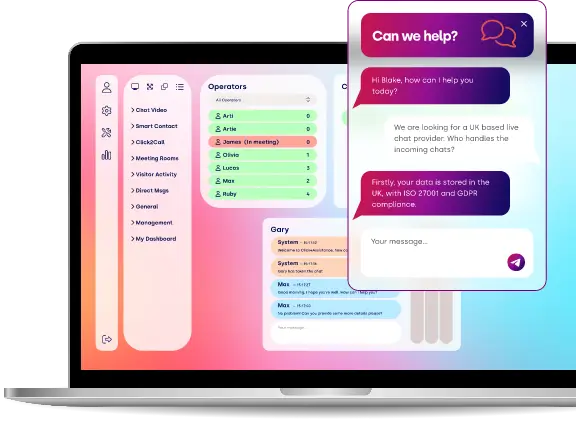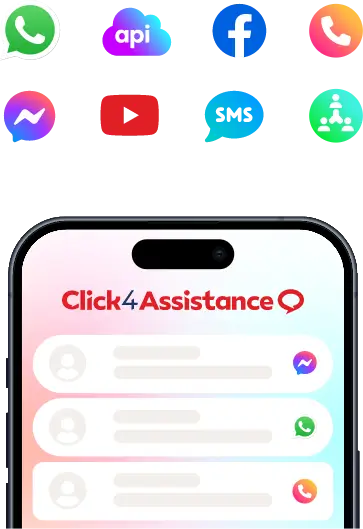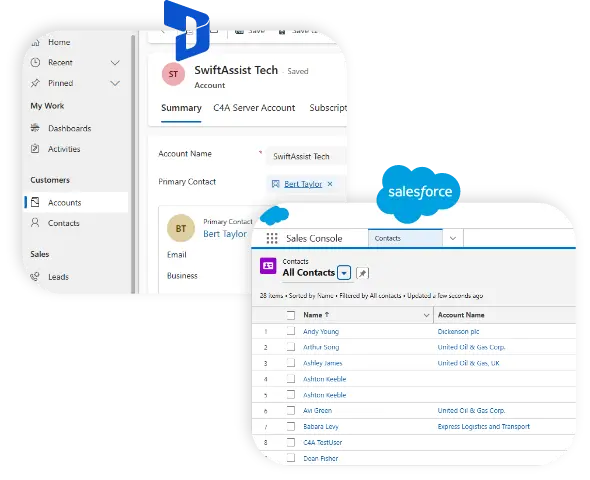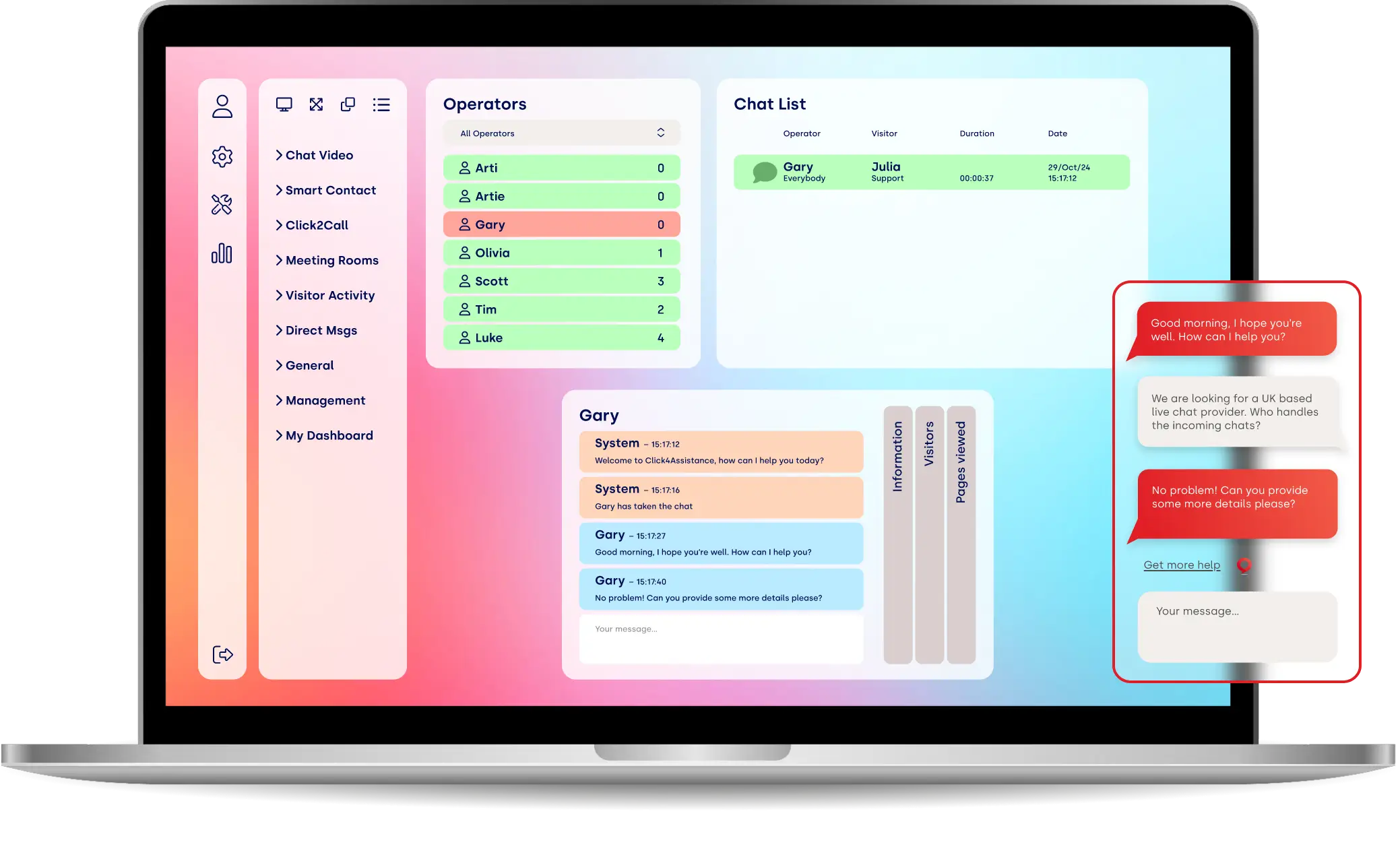What Is The Future of Contact Centres?

Learn more about the future of contact centres and what it means for your enterprise.
Contact centres perform an essential function in the modern economy. They connect millions of customers to businesses so that they can efficiently solve problems.
The call centre industry in the UK is gigantic. There are an estimated 6,225 contact centres across the country and more than 1.3 million British workers now work in them – around 4 percent of the workforce.
Currently, call centres are labour-intensive, requiring huge numbers of people to operate. However, in the future, this may change. New technologies are making it simpler and easier to converse with customers while, at the same time, allowing workers to get more done.
In this post, we take a look at what call centres might look like in five to ten years from now. We explore how technology is changing, and what impact it is liable to have on operators.
IoT-Enabled Pre-emptive Services
Currently, contact centres were once wholly reactive. Customers would encounter an issue with a product or service and then call up to resolve it.
However, thanks to the IoT, that’s changing. Firms can now embed their products with monitoring devices providing a constant stream of data. They can then use this information to predict a failure and take steps to intervene before something goes wrong.
For instance, a car company might install connected sensors on all its vehicles that periodically transmit performance data via home WiFi. It could then analyse these data for problems and forward any issues to call centre staff. Reps could then contact the owner, telling them that they need to take their vehicle to an approved repair shop for preventative maintenance, side-stepping a breakdown.
Remote Working Will Increase
Call centres’ biggest overhead is staff salary – something that’s going to remain the case long into the future. However, their second biggest expense – building rental and utility bills – could soon come to an end.
Throughout the pandemic, companies have been experimenting with new operating models. The solution is to allow reps to work from home and connect via cloud-based portals. SaaS solutions can now direct customer queries in real time to any connected endpoint, cutting call centre costs and, in many cases, offering workers better conditions.
In fact, remote working may actually enhance service provision. For example, SaaS solutions could route customers to reps located nearby, allowing them to first discuss their problem and then arrange a call-out, if necessary.
Voice Biometrics Will Replace Security Questions
The global voice recognition market was worth an estimated $11 billion globally in 2019. Now contact centres want to use it to verify the identity of customers who call them.
Previously, they would use security questions such as “what is your favourite place?” or “where did you grow up?” However, these solutions were frustrating and contained obvious security flaws. It was easy for criminals to guess answers, and frustrating for callers who couldn’t remember their original answers.
Voice biometrics promises to change this. In the future, call centre staff may ask customers to make a statement and then use software to analyse whether it corresponds to known voice patterns. Solutions will be able to detect variables, such as the shape of the mouth and tension of the vocal cords to identify callers.
Channel Preferences Will Change
Traditionally contact centres and call centres were synonymous. Everyone telephoned when they require assistance.
Now though, thanks to text-based messaging apps, that’s all changing. People want to be able to chat on your website as well as call you up. In fact, more than 71 percent say that they believe it will eclipse traditional support channels by the end of 2021.
What will become the dominant channel remains unclear. While commentators widely predict it will be text in the next decade, other statistics show that the phone is still the preferred method for most customers.
In light of this, firms should focus on their ability to switch between channels as customer preferences change. Implementing robust VoIP solutions that cater to text, email, voicemail, phone, and video calls will help.
Mobile Interactions Will Continue To Grow In Importance
Social media is currently the number one preferred way for customers to engage with companies. But mobile is a close second, according to the Economist.
Because of this, firms need to adapt their contact centre functionality. Mobile phones are multi-channel devices, meaning that they present users with multiple options for getting in touch with you. Firms need to provide push-button solutions for text, social media, voice call or video call interactions.
Call Routing Systems Will Help Customers Find The Right Agents
Not all agents have the same skills or knowledge, particularly in large organisations with complex products and services. Instead, they tend to have narrow expertise in specific areas.
For this reason, companies will need to focus more on matching customers with the right person to deal with their query. In the past, they would talk to a stage-one operator who would take down all their details and then pass them onto the relevant colleague. However, customers don’t like being passed between agents, with one Microsoft survey learning that it is the most annoying aspect of the customer journey.
Therefore, contact centres are combining their call routing with their CRM systems. The idea is to perform algorithm-led match-making tasks to ensure that customers find the agent most suited to their needs. Using prior information, it may be possible to connect them without first having to answer any questions.
Agents Will Gain More Skills
Lastly, the staff makeup in contact centres is going to change. Call centre agents will no longer be low-skilled workers following a script. Instead, in ten years’ time, they will be more like consultants or partners. Contact centres will transform into “relationship hubs,” offering in-depth expertise to customers struggling to get to grips with products, potentially offsetting higher customer expectations.
























